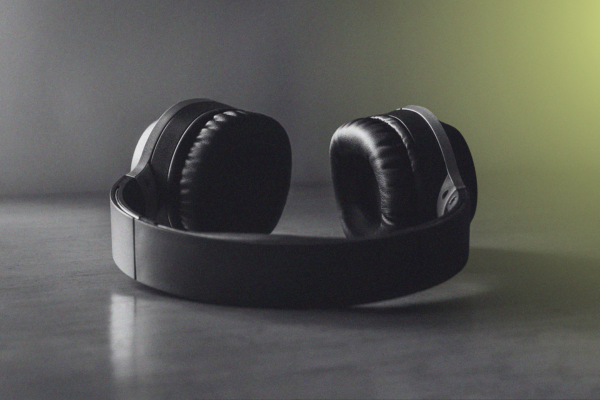
- Dubbing
What Is Dubbing? Everything You Need to Know About Dubbing Videos

What Is Dubbing? Everything You Need to Know About Dubbing Videos
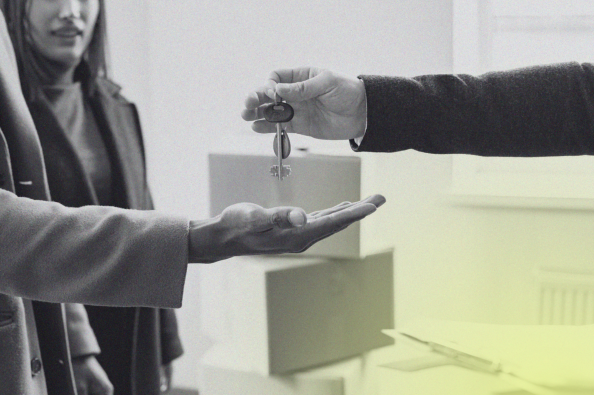
cielo24 Acquisition: The Case for Migrating to 3Play Media
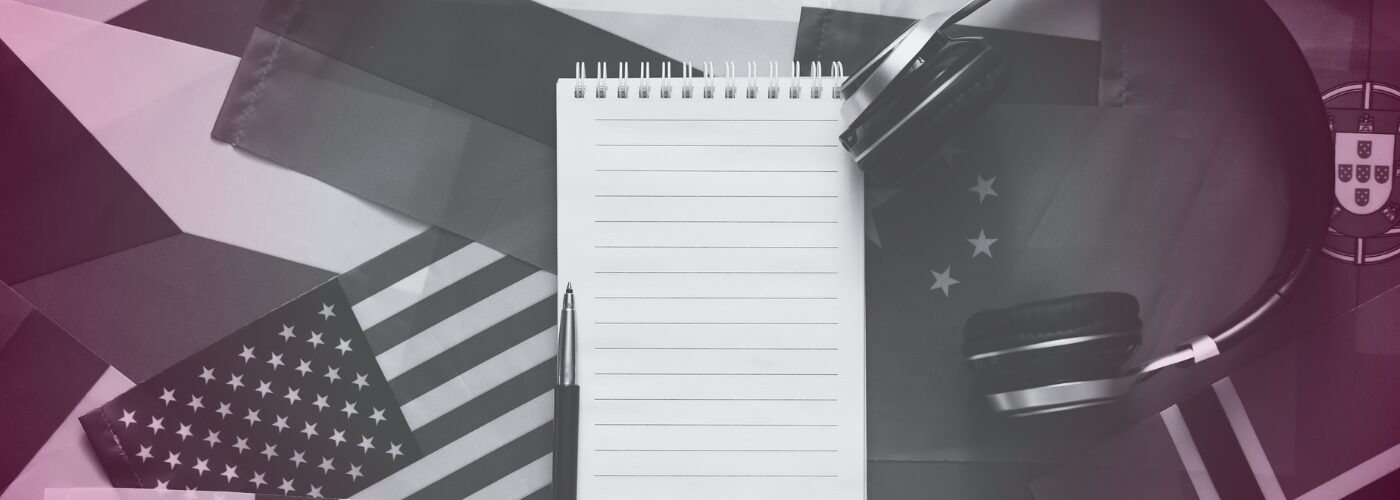
Which Languages Are Required for EAA Compliance?

How to Prioritize Backlog Video Content for EAA Compliance
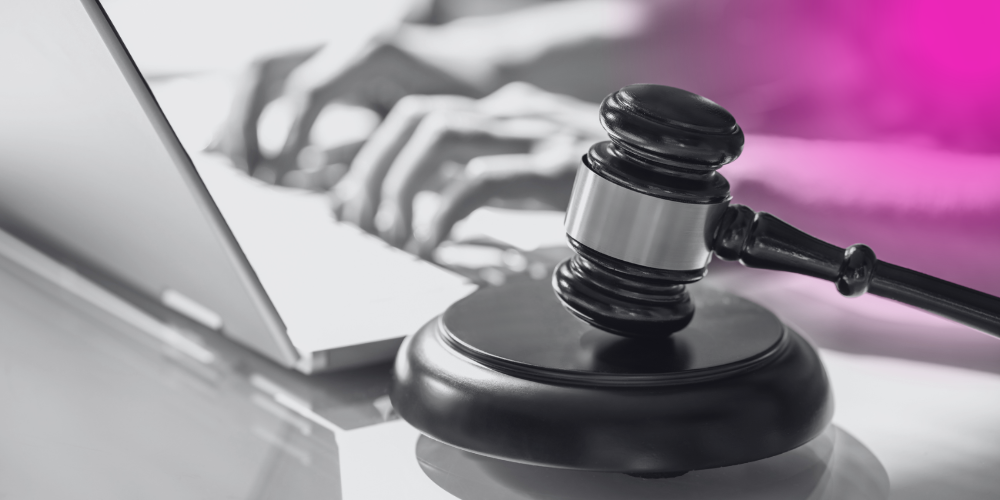
ADA Title II: What Public Entities Need to Know in 2025

Captioning and Transcription for Higher Education
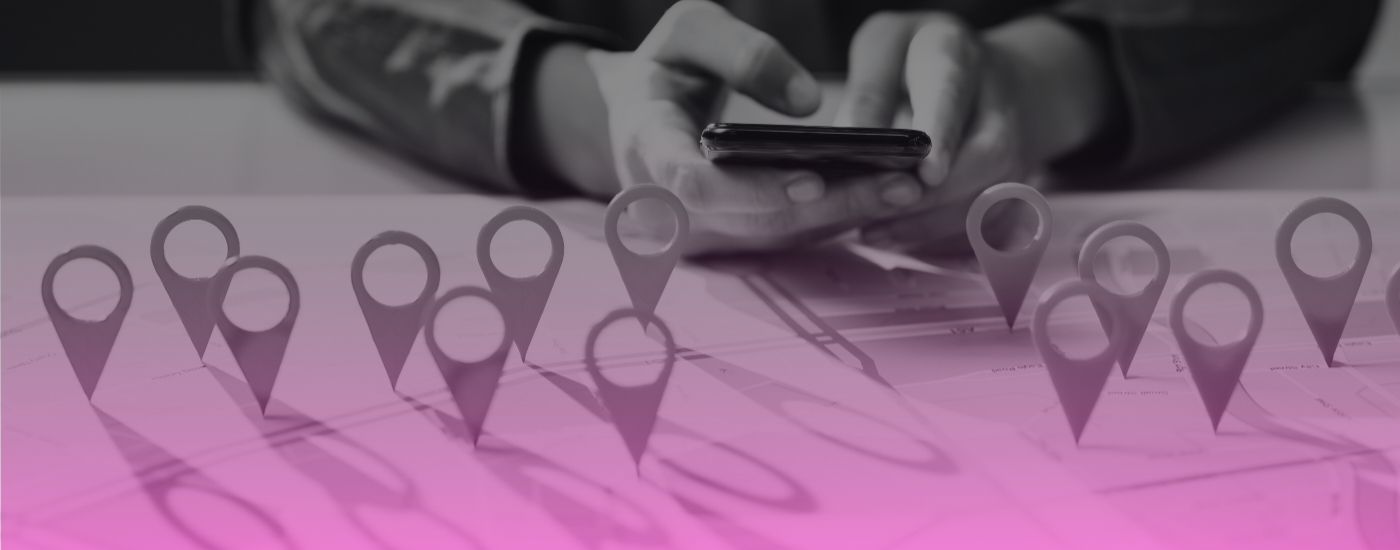
What is AI Localization? And Should You DIY or Outsource?

Caption Formats: Acronyms Explained

How to Create an SRT File
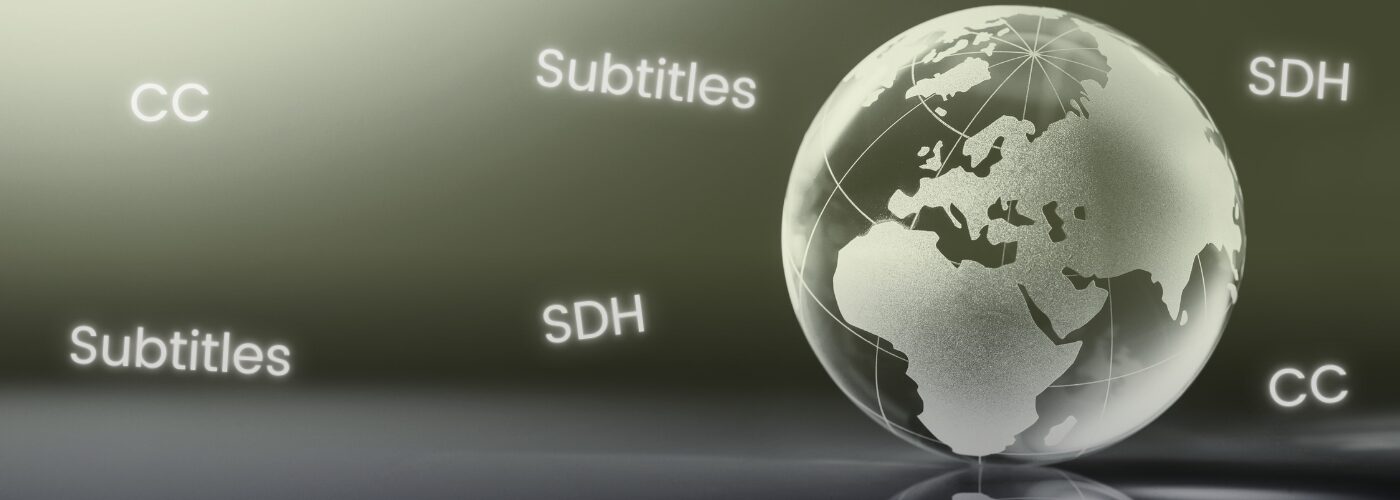
Closed Captioning vs. Subtitles: What’s the Difference and Why it Matters for Accessibility (Including EAA)

Audio Description Quality: Best Practices and Legal Standards
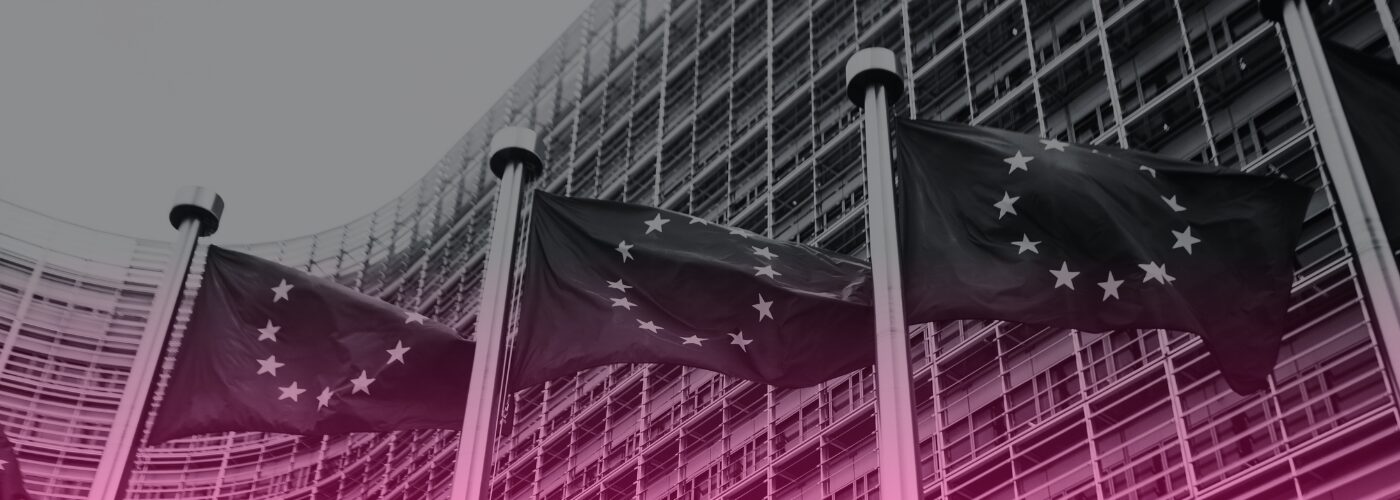
Ultimate Guide to the European Accessibility Act (EAA) for Video